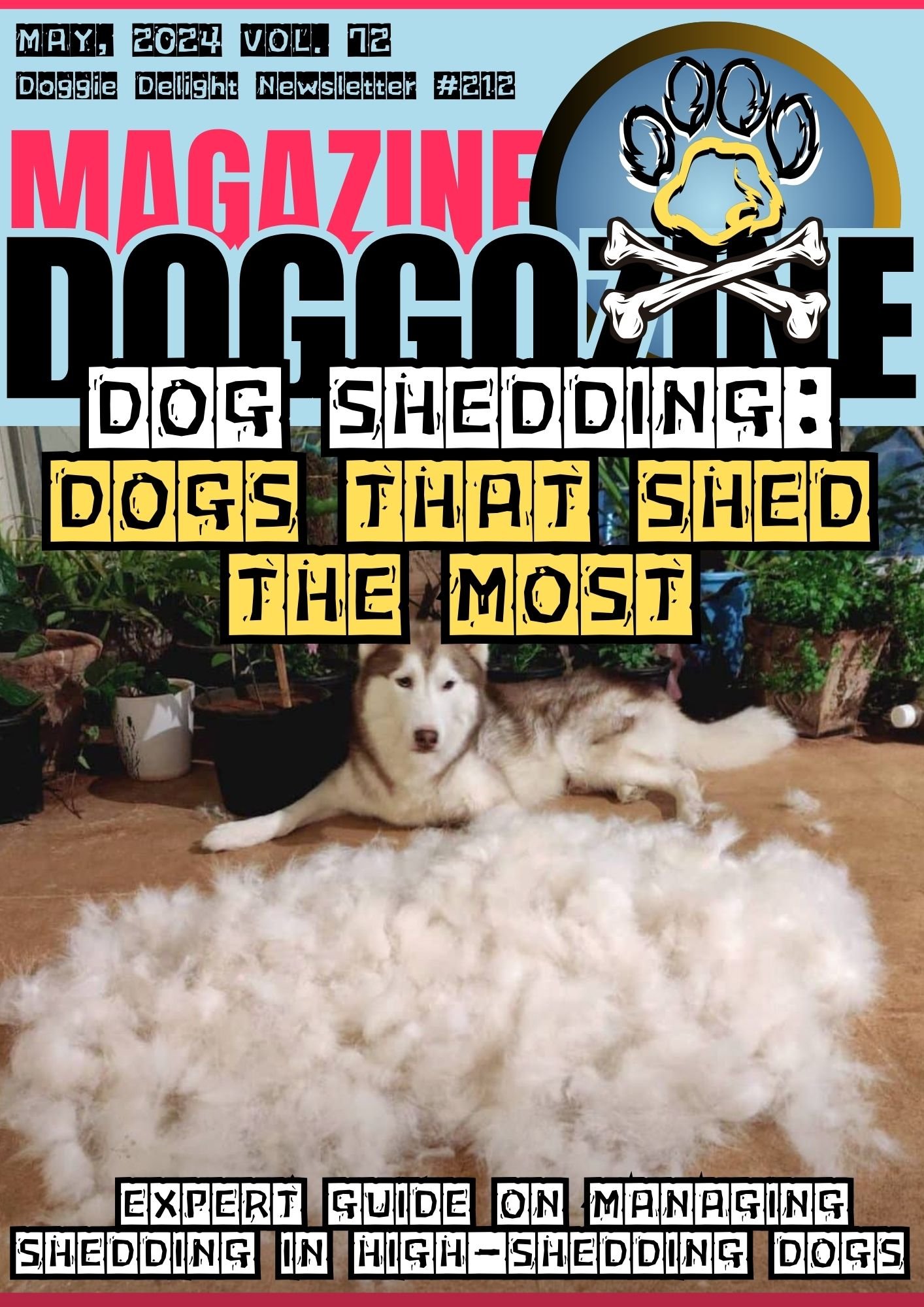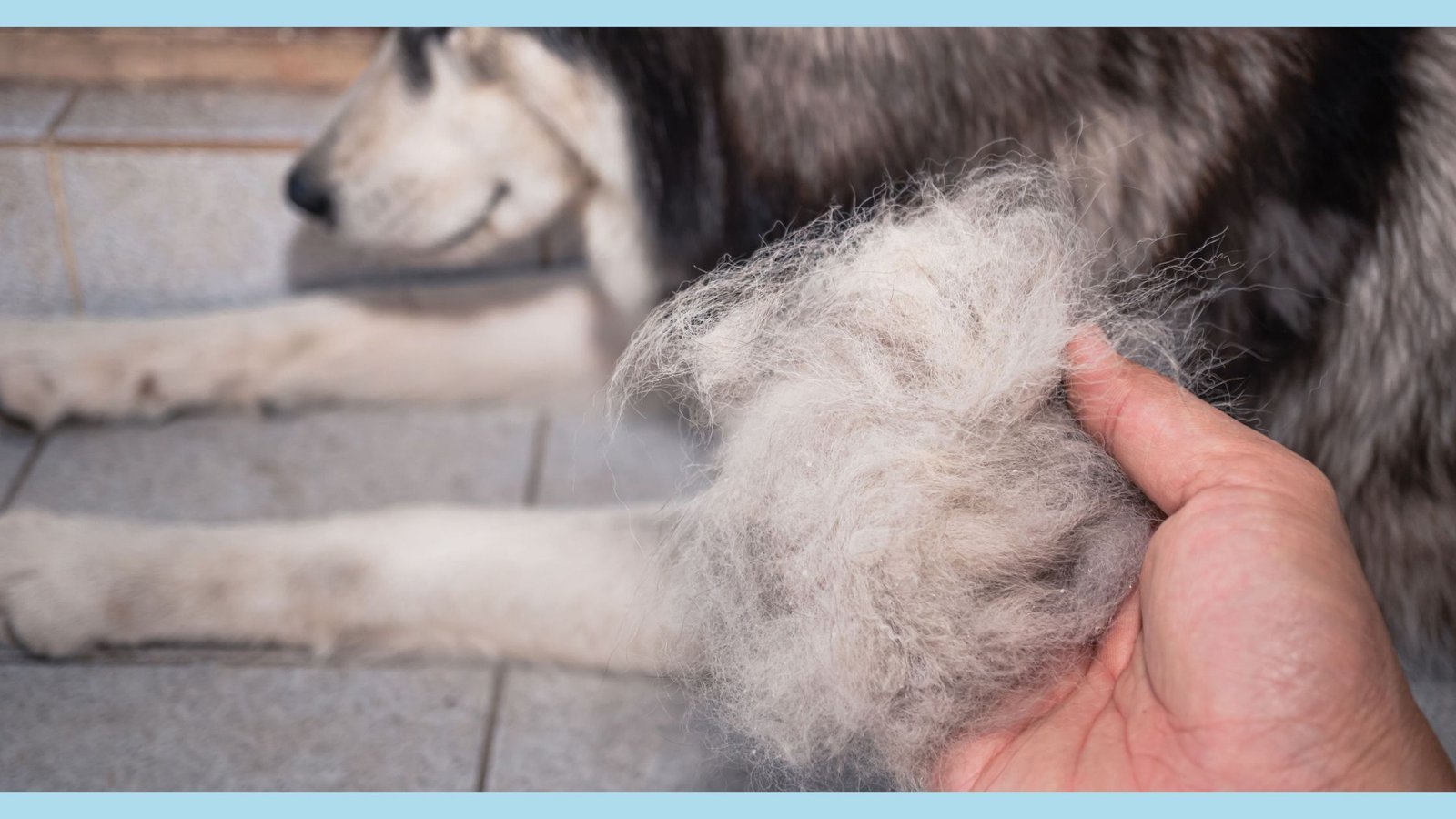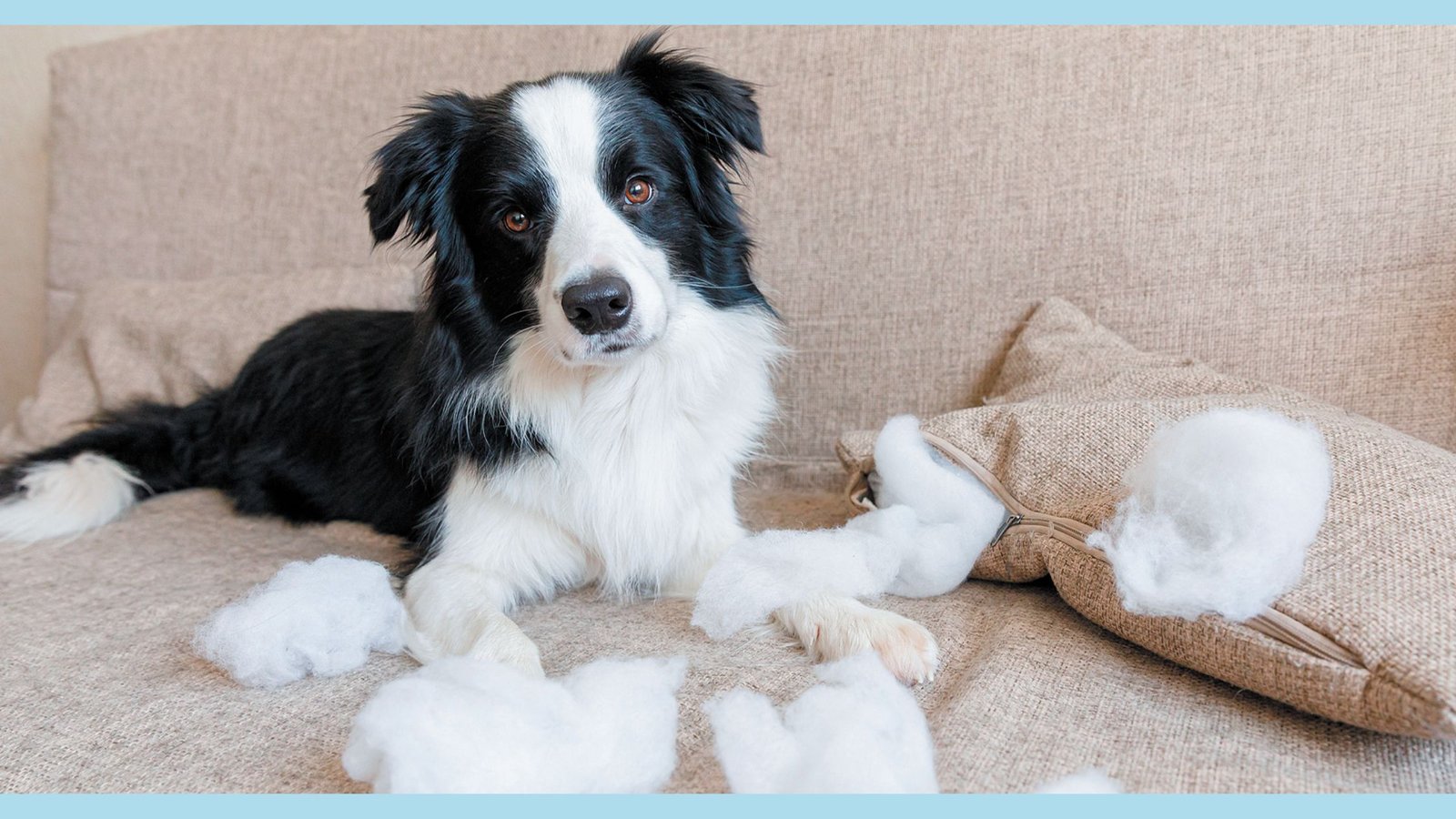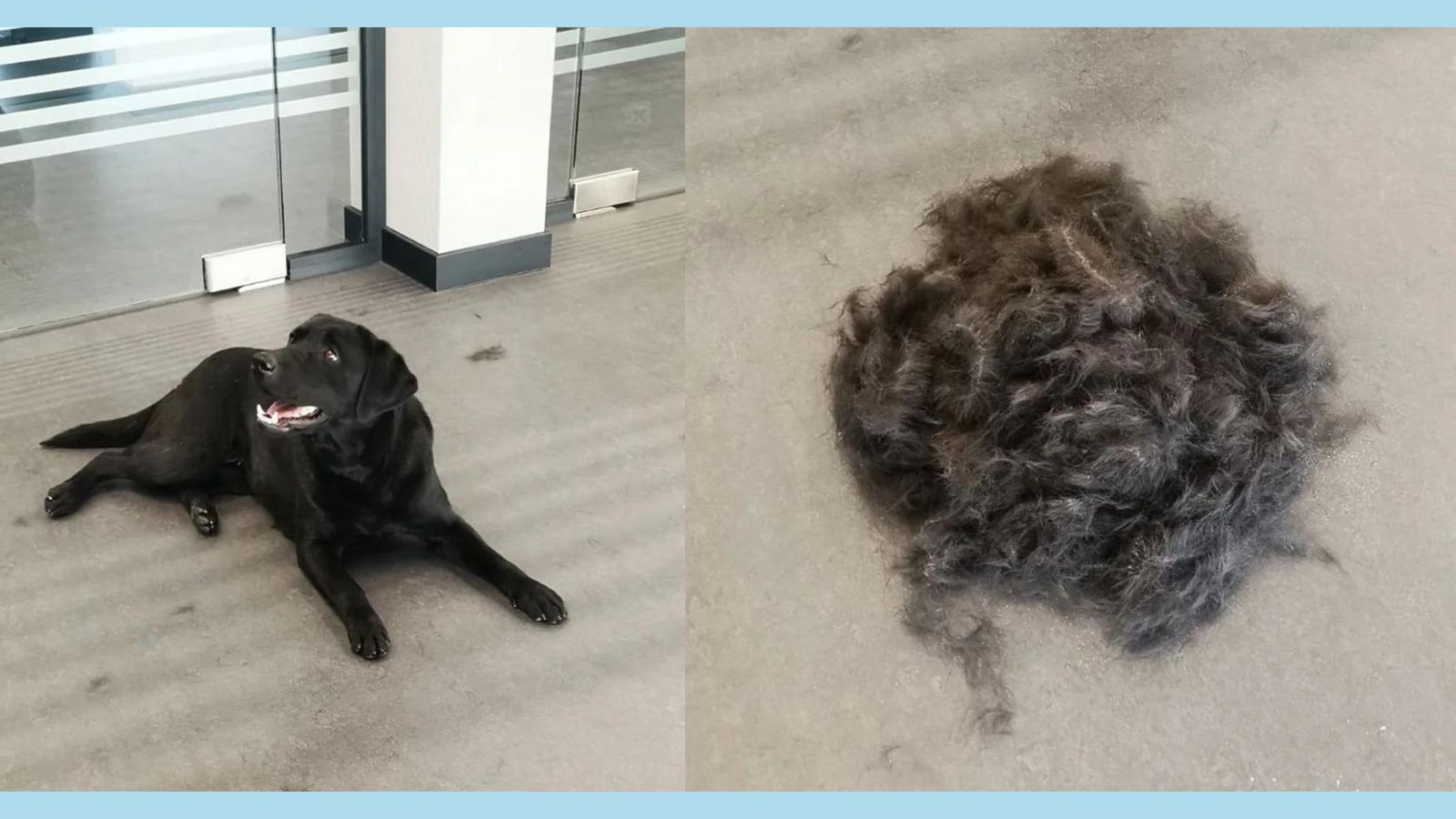
SAY GOODBYE TO DOG HAIR EVERYWHERE
Are you tired of constantly battling dog hair everywhere in your home? The struggle is real when it comes to managing shedding in high shedding dog breeds. But fear not, as our expert guide is here to help you say goodbye to the never-ending battle against pet hair.
Expert guide on managing shedding in high-shedding dog breeds
Dive into grooming tips, breed specifics, and effective grooming routines that will transform your furry friend into a shedding-free companion. From understanding the reasons behind shedding to practical grooming recommendations for specific breeds like Akita, Golden Retriever, and German Shepherd, we’ve got you covered.
Discover the importance of regular brushing, optimal nutrition, and grooming tools that play a crucial role in keeping your home fur-free. It’s time to embrace a cleaner, happier living space with your beloved canine companion. Let’s embark on a journey to conquer shedding woes and enjoy a spotless home with your furry pal by your side.
Reasons for Shedding in High-Shedding Dog Breeds
Ever wondered why your furry pal seems to leave a trail of hair everywhere they go? The amount of shedding in dogs is influenced by various factors, including coat type, seasonal changes, and underlying health issues. Double-coated breeds like German Shepherds and Golden Retrievers are prone to higher shedding due to their thick undercoats.
As the weather warms up, many dogs shed their thick winter coats. This natural shedding process helps them adapt to the changing seasons. In fact, it’s a healthy way for dogs to prepare for the hot summer months.
However, excessive shedding can also occur due to other reasons. Hormonal imbalances, such as thyroid issues, can disrupt a dog’s normal shedding cycle. Additionally, allergies or a poor diet lacking essential nutrients can contribute to excessive hair loss. Understanding these underlying factors is crucial for effective shedding management and keeping your home fur-free.
Common Causes of Excessive Shedding
- Double coats and thick undercoats: Some breeds have a dense, fluffy undercoat beneath a coarser outer coat. This double coat sheds heavily during seasonal transitions.
- Seasonal changes and temperature fluctuations: Many dogs shed more in spring and fall when the weather warms or cools. This allows their coat to adjust to the new temperature.
- Hormonal imbalances or underlying health conditions: Thyroid disorders, Cushing’s disease, and other hormonal imbalances can lead to excessive shedding.
- Poor nutrition or allergies: A lack of essential vitamins and minerals or food allergies can cause coat problems and shedding.
🔑 Key Points: A dog’s coat type, seasonal changes, and underlying health issues are the primary factors influencing shedding levels in high-shedding breeds.

IDENTIFYING HIGH-SHEDDING DOG BREEDS
Some dog breeds are renowned for their tendency to shed more than others. Breeds like Akitas, Bernese Mountain Dogs, German Shepherds, Golden Retrievers, and Saint Bernards are among the high-shedding canine companions. These breeds typically have a double coat or long hair, which contributes significantly to their shedding behavior. The dense undercoat helps insulate them from cold temperatures, but it also results in heavy shedding during warmer seasons.
Dog Grooming Tools You Might Need
Brushing your dog’s coat is an essential part of grooming. The frequency of brushing varies based on the type of coat your furry friend has, but most experts recommend brushing at least 2-3 times per week. This helps to remove loose hair and maintain a healthy coat. Having the right tools for grooming is crucial.
A high-quality vacuum cleaner and a rubber-backed curry brush are essential for removing loose hair effectively. The curry brush also helps stimulate circulation, promoting a shiny and healthy coat. Regular grooming sessions not only reduce shedding but also strengthen the bond between you and your furry companion. It’s a positive experience that can deepen your connection and make your dog feels loved and cared for.
Grooming Tips for High-Shedding Dogs
If your dog is prone to heavy shedding, follow these grooming tips:
- Brush your dog’s coat regularly. You should do this for at least 2 or 3 times per week.
- Use a rubber-backed curry brush. It effectively removes loose hair and stimulates circulation.
- Always get the high-quality vacuum cleaner designed for pet hair. It will efficiently clean up the shed hair.
- Make grooming a part of your daily routine. This will make it a positive experience for your dog.
🔑 Key Points: Regular brushing with the right tools is the foundation for managing shedding in high-shedding dog breeds. It promotes a healthy coat and minimizes hair in your home, creating a cleaner living environment.
Optimal Nutrition For A Healthier Coat
Proper nutrition plays a vital role in maintaining your dog’s coat health and reducing excessive shedding. A balanced and nutritious diet is essential for your furry friend’s overall well-being, including their coat. Poor nutrition or nutritional deficiencies can lead to dry, brittle hair that sheds more easily. This can result in your dog’s coat looking dull and unhealthy, and your home being covered in excessive pet hair.
Essential fatty acids, such as omega-3 and omega-6, are crucial for promoting a healthy coat and skin. They help nourish the hair follicles, leading to stronger and shinier hair that is less prone to shedding. Feeding your dog a high-quality diet with balanced nutrients and these essential fatty acids can significantly help minimize shedding and keep their coat looking its best. A healthy coat is a reflection of your dog’s overall health and well-being.
Daily Brushing: A Key Practice for Shed Control
As a responsible dog owner, incorporating daily brushing into your routine can be a game-changer for managing shedding. This simple yet effective practice not only helps remove loose hair but also promotes overall coat health and vitality.
Here’s why daily brushing should be a top priority:
Regular brushing distributes natural oils throughout your dog’s coat, keeping it moisturized and shiny. By gently lifting and removing the loose, dead hair, you prevent it from accumulating on furniture and floors. This proactive approach ensures your living space remains cleaner and more comfortable.
When it comes to tools, a lint brush or a rubber-backed curry brush can be your best allies in capturing shed hair before it spreads. These grooming essentials make it easy to collect loose strands during the brushing session. Remember, consistency is key – even dedicating a few minutes each day to brushing can make a remarkable difference in controlling shedding.
Not only does daily brushing help manage shedding, but it also provides an opportunity for bonding with your furry friend. As you gently brush through their coat, you can check for any skin irritations or matted areas that may require attention. This routine also allows you to monitor your dog’s overall coat condition and detect any potential issues early on.
🔑 Key Points: By committing to daily brushing, you not only keep shedding under control but also promote a healthier, more lustrous coat for your beloved companion. This simple practice is a win-win for both you and your dog, ensuring a cleaner living environment and a stronger bond between you two.

UNDERSTANDING SEASONAL DOG SHEDDING AND ITS IMPACT
As the seasons change, many high-shedding dog breeds experience an increased shedding cycle. This natural process is often more noticeable during the spring and fall months, when dogs prepare for the upcoming temperature shifts. During the winter, dogs grow a thicker, insulating coat to keep them warm and cozy. However, as the weather warms up, they shed this dense undercoat to stay cool and comfortable. Similarly, as summer transitions into fall, dogs begin to shed their lighter coat to make way for a thicker, warmer one to brace for the colder months ahead.
Healthy Diet Can Help Dog Shedding
Feeding your furry friend a nourishing, balanced diet packed with vital fatty acids, vitamins, and minerals is key to maintaining a lush, healthy coat. These nutrients support radiant skin and a glossy, vibrant fur. Incorporating omega-3 and omega-6 fatty acids into your pup’s meals is particularly beneficial. They reduce inflammation, minimize shedding, and promote overall skin and coat health.
By ensuring your canine companion receives the right nutrients, you’re taking a crucial step towards a beautiful, well-groomed appearance.
Providing your dog with high-quality, balanced diet rich in essential fatty acids is crucial for promoting a healthy coat and reducing excessive shedding. Omega-3 and omega-6 fatty acids play a vital role in maintaining skin and coat health. They help reduce inflammation and minimize shedding, ensuring your furry friend looks and feels their best. A diet packed with these nutrients supports a lush, lustrous coat and overall skin health.
🔑 Key Points: Giving your pup a nutritious, balanced diet with essential fatty acids is crucial for a healthy coat. It reduces shedding and promotes radiant fur. Omega-3 and omega-6 fatty acids help maintain skin and coat health. Proper nutrition is key to a well-groomed appearance.
Health Conditions That Might Affect Shedding
Underlying health issues like allergies, hormonal imbalances, or chronic pain can contribute to excessive shedding in dogs. If you notice a sudden change in your furry friend’s shedding patterns or coat condition, it’s essential to consult with your vet. They can rule out any potential health concerns that may be causing the issue. Addressing underlying medical conditions can help restore a healthy shedding cycle and improve your pup’s overall well-being.
Excessive shedding in your dog can sometimes be caused from an underlying health issue. If you notice sudden changes in your dog’s shedding patterns or coat condition, it’s crucial to consult a vet. They can identify any potential medical concerns contributing to the problem. Addressing health issues can help restore a normal shedding cycle and promote a healthy, lush coat for your furry companion.
🔑 Key Points: Sudden excessive shedding can signal an underlying health issue in dogs. Consulting a vet is important to identify and address any medical concerns.

CRAFTING A PET-FRIENDLY ABODE FOR YOUR HIGH-SHEDDING DOG
Establishing a dog-friendly living environment is crucial for effectively managing shedding and preserving a tidy living space. To achieve this, consider covering furniture pieces with throws or blankets that can be conveniently laundered to minimize hair accumulation. Additionally, strategically place throw rugs or mats in high-traffic zones to trap loose fur before it disperses throughout your residence. Lastly, maintain a routine of vacuuming and removing hair from floors, carpets, and upholstered furnishings to keep your abode fur-free.
🔑 Key Points: Tailoring your home’s environment with protective covers, strategically positioned throw rugs, and consistent cleaning practices can aid in managing shedding and maintaining a clean, fur-free living space.
Handy Tips for Tackling Canine Hair in Your Abode
Confronting dog hair in your home can seem like an endless battle, yet there exist strategies to render it more manageable. First, invest in a high-quality vacuum cleaner designed specifically for pet hair, and utilize it consistently to eliminate fur from floors and furniture.
Second, a lint brush or packaging tape can prove effective in removing hair from clothing and upholstered surfaces. Third, strategically placed throw rugs and mats can capture loose hair, simplifying the cleaning process. Lastly, embracing your canine companion’s shedding with a sense of humor can often be the most enjoyable solution.
🔑 Key Points: A combination of regular vacuuming with a pet-specific vacuum, utilization of lint brushes or tape, strategic placement of throw rugs, and embracing the inevitability of some dog hair with a lighthearted attitude can aid you in more effectively managing shedding within your home.
Professional Grooming: When to Consider It?
While regular at-home grooming is crucial for your furry friend’s well-being, professional grooming services can be an excellent choice, especially for high-shedding pups. These skilled groomers have the necessary expertise and specialized tools to thoroughly remove loose hair, neatly trim your pup’s coat, and address any specific grooming needs they may have.
Depending on your dog’s coat type and shedding level, it’s wise to schedule professional grooming appointments every 4 to 8 weeks. This way, you can stay on top of managing their shedding and keeping their coat healthy and beautiful.
🔑 Key Points: Professional grooming services can complement your at-home grooming routine, helping you manage shedding more effectively. These services are especially beneficial for high-shedding dog breeds, ensuring their coats stay in top condition.
Supplements That Support Coat Health
Along with providing a well-balanced diet, certain supplements can help support your pup’s coat health and reduce shedding. Omega-3 fatty acids, commonly found in fish oil supplements, are known for improving skin and coat condition by reducing dryness and flakiness.
Biotin, a B-vitamin, is another supplement that can promote healthy skin and coat in dogs. Before introducing any new supplement regimen always consult with your veterinarian to ensure it’s safe and appropriate for your furry friend.
🔑 Key Points: Supplements like omega-3 fatty acids and biotin can support your dog’s coat health and reduce shedding. But always consult your vet first, as they’ll guide you on the right supplements and dosages for your pup.

FREQUENTLY ASKED QUESTIONS ABOUT DOG SHEDDING
🔑 Key Points: While shedding is unavoidable, implementing a grooming routine, providing a balanced diet, and addressing any health concerns can significantly reduce excessive shedding in dogs. Pet parents should also utilize appropriate tools and techniques to manage fur around the home for a cleaner living environment.
final Thoughts about Dog Shedding
Managing shedding in high-shedding dog breeds involves a multifaceted approach combining grooming, nutrition, and home care strategies. Understanding the root causes of shedding variations and identifying breeds prone to heavy shedding is crucial.
Regular, thorough grooming sessions play a vital role in minimizing loose hair accumulation. Ensuring your dog receives optimal nutrition, rich in essential fatty acids and vitamins, supports a healthy coat and minimizes excessive shedding. Moreover, daily brushing helps capture loose fur before it spreads throughout your home.
Utilizing effective grooming tools, such as de-shedding brushes, rakes, and lint rollers, can further aid in controlling fur accumulation. Awareness of seasonal shedding patterns and potential underlying health conditions that may impact shedding is also important.
Addressing these issues promptly can help regulate shedding cycles. As pet owners, keeping our homes clean and free from excessive dog hair can be a real challenge, especially when we have a high-shedding dog breed. But by following the advice from this expert guide, you can maintain a tidy living space while strengthening the bond with your furry friend.
This simple advice not only reduces shedding but also promotes a healthy coat.

We encourage you to check the article from Four Paws about dog shedding!









